How the Much-Debated Elgin Marbles Ended Up in England
The author of a new book, Bruce Clark and his latest article published 11 January 2022, in the Smithsonian Magazine.
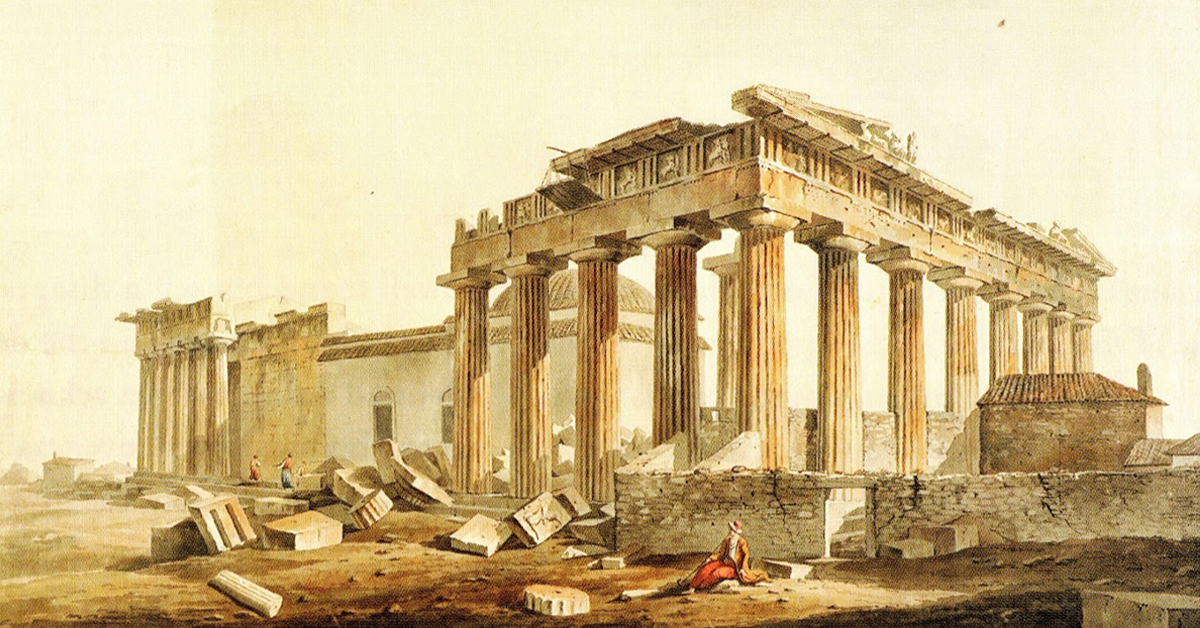
When Thomas Bruce, Seventh Earl of Elgin, arrived in the city he knew as Constantinople—today’s Istanbul—in November 1799, he had every reason to hope that his mission as Britain’s ambassador to the Ottoman sultan would be a spectacular success.
A year earlier, Napoleon had invaded Ottoman Egypt, and Britain hoped to become the sultan’s main ally in reversing the French conquest. The dispatch from London of a well-connected diplomat descended from the kings of Scotland was itself a gesture of friendship toward the Turks. Then 33 years old, Elgin was an experienced statesman who had previously served as a British envoy in Brussels and Berlin.
As well as competing in geopolitics, the British were vying with the French for access to whatever remained of the great civilizations of antiquity. On this front, too, Elgin was confident of faring well. His marriage in March 1799 to a wealthy heiress, Mary Nisbet, had given him the financial means to sponsor ambitious cultural projects. While traveling through Europe en route to Constantinople, he recruited a team of mostly Italian artists led by the Neapolitan painter Giovanni-Battista Lusieri. Their initial task was to draw, document and mold antiquities in the Ottoman-controlled territory of Greece, thus preserving these ancient treasures on paper and canvas, in part for the edification of Elgin’s countrymen, most of whom would never otherwise see Athens’ statues, temples and friezes.
From the start, though, the artists’ mandate was shrouded in careful ambivalence. Elgin declared that simply capturing images of the treasures would be “beneficial to the progress of the fine arts” in his home country. But in more private moments, he didn’t conceal his determination to decorate his home in Scotland with artifacts extracted from Greece. “This … offers me the means of placing, in a useful, distinguished and agreeable way, the various things that you may perhaps be able to procure for me,” he wrote to Lusieri.
The initially cloudy mission of Elgin’s artistic team culminated in a massive campaign to dismantle artworks from the temples on the Acropolis and transport them to Britain. Elgin’s haul—representing more than half of the surviving sculptures on the Athenian citadel—included most of the art adorning the Parthenon, the greatest of the Acropolis temples, and one of the six robed maidens, or caryatids, that adorned the smaller Erechtheion temple. Large sections of the Parthenon frieze, an extraordinary series of relief sculptures depicting a mysterious procession of chariots, animals and people, numbered among the loot.
Among critics, the removal of the so-called Elgin Marbles has long been described as an egregious act of imperial plunder. Greeks find it especially galling that Elgin negotiated the removal of such treasures with the Ottoman Empire, a foreign power that cared little for Hellenic heritage. Calls to return the sculptures to Athens began in Elgin’s own day and continue now: While in London in November 2021, Prime Minister Kyriakos Mitsotakis stated plainly that Elgin “stole” the ancient artworks. (The British Museum, for its part, has always insisted that its mandate of displaying its collections for the purpose of public education does not allow it to simply give objects away.)
Does Elgin deserve his terrible reputation? He certainly derived little personal happiness from his antiquarian acquisitions. While making his way back to Britain in 1803, he was detained in France by the government. He returned to his native shores three years later, in 1806, only to find that many of the artifacts he had collected were still stuck in Greece. Getting them to England would take six more years: Beginning in 1807, the earl was involved in acrimonious divorce proceedings that left his finances in ruins, and he had to implore the state to buy the objects whose extraction he had financed. In the end, the government acquired the trove for £35,000—less than half of what Elgin claimed to have spent employing Lusieri and his team, arranging sea transport, and bribing Ottoman officials. He was denounced as a vandal in sonorous verses by the poet Lord Byron, a fellow member of the Anglo-Scottish aristocracy, and the broader British public alike. If Elgin deserved punishment, he got a good deal of it in his own lifetime. But in the eyes of posterity, he has fared still worse.
In blurring the line between documenting the antiquities of Greece and taking them away, Elgin was following a template created two decades earlier by the French. A promising French artist, Louis-Francois-Sebastian Fauvel, received an assignment in 1784 from his country’s ambassador to the Ottoman sultan to make exact drawings and casts of Greek antiquities. By 1788, the French envoy was urging his young protégé, then at work on the Acropolis, to go much further than drawing or molding: “Remove all that you can, do not neglect any means, my dear Fauvel, of plundering in Athens and its territory all that is to be plundered.” After his diplomatic boss fell out of grace amid the French Revolution, Fauvel became an antiquarian and energetic looter in his own right. When Elgin took up his post in Istanbul in 1799, he and his compatriots saw it as their patriotic duty to outdo the French in this race to grab history.
Also of note is the fact that Elgin was often surrounded by people whose zeal for the removal of Greek antiquities outpaced his own. These individuals included his ultra-wealthy parents-in-law, whose money ultimately made the operation possible, and the shrewd English clergyman Philip Hunt, who worked as Elgin’s personal assistant. When he learned of his appointment to Elgin’s staff, Hunt explained to his father that the job seemed a “brilliant opportunity of improving my mind and laying the foundation of a splendid fortune.”
In spring 1801, Hunt went to Athens to assess the progress being made by Lusieri and his artistic team. He realized that simply gaining access to the Acropolis, which also served as the Ottoman garrison, would require a burdensome series of presents and bribes to local officials. The only solution, he concluded, was to secure an all-purpose permit from some high-ranking person in the entourage of the sultan. By early July, Hunt had induced the deputy to the grand vizier to issue a paper that would allow Elgin’s team to work unimpeded on the Acropolis: to draw, excavate, erect scaffolding and “take away some pieces of stone with old figures or inscriptions,” as the permit put it.
Over the following month, the situation devolved rapidly. With Napoleon apparently on the verge of invading Greece, Hunt was sent back to Athens on a fresh mission: to reassure Ottoman officials of British support and ward off any temptation to collaborate with the French. Seeing how highly the Ottomans valued their alliance with the British, Hunt spotted an opportunity for a further, decisive extension of the Acropolis project. With a nod from the sultan’s representative in Athens—who at the time would have been scared to deny a Briton anything—Hunt set about removing the sculptures that still adorned the upper reaches of the Parthenon. This went much further than anyone had imagined possible a few weeks earlier. On July 31, the first of the high-standing sculptures was hauled down, inaugurating a program of systematic stripping, with scores of locals working under Lusieri’s enthusiastic supervision.
Whatever the roles of Hunt and Lusieri, Elgin himself cannot escape ultimate responsibility for the dismantling of the Acropolis. Hunt at one point suggested removing all six of the caryatid maidens if a ship could be found to take them away; Elgin duly tried find a vessel, but none were available.
Still, once back in England, Elgin adamantly claimed that he had merely been securing the survival of precious objects that would otherwise have disappeared. In evidence provided to a parliamentary committee, he insisted that “in amassing these remains of antiquity for the benefit of my country, and in rescuing them from imminent and unavoidable destruction with which they were threatened, … I have been actuated by no motives of private emolument.” Betraying the bigotries of the day, Elgin argued that if the sculptures had remained in Athens, they would have been “the prey of mischievous Turks who mutilated [them] for wanton amusement, or for the purpose of selling them to piecemeal to occasional travelers.” He outlined examples of numerous important Greek monuments that had disappeared or been damaged during the previous half-century. In offering these justifications, he was trying to persuade the committee that he had enlarged the scope of his antiquarian project—from merely drawing or molding ancient sculptures to taking them away—only when it became clear to him that the unique treasures were in danger.
There are plenty of reasons to be skeptical of these claims. Upon his arrival in Istanbul, the earl had declared an interest in decorating his own house with ancient treasures. But even if Elgin’s argument was dishonest, his point about the likely fate of the artifacts, given the geopolitical situation at the dawn of the 19th century, is a serious one. We can assess its merit in light of what actually happened to the sculptures that stayed on the Acropolis (because Elgin’s people didn’t quite manage to remove them all) versus those that were shipped to England.
Contrary to Elgin’s stated fears, the sculptures that remained in Athens did not vanish. After 1833, when the Ottomans left the Acropolis and handed it to the new nation of Greece, the great citadel and its monuments became a focus of national pride. Protecting, restoring and showcasing the legacy of the Athenian golden age has been the highest priority for every Greek government since then.
Of course, the monuments and artifacts of the Holy Rock, as Greeks call it, have not entirely escaped damage. Scorch marks from a fire during the 1820s Greek War of Independence, during which the Acropolis changed hands several times, remain visible today. In recent years, the contours of some sculptures have been worn away by air pollution—a problem that was particularly acute in the 1980s. But Elgin’s people also caused damage, both to the sculptures they removed and to the underlying structure of the Parthenon. (“I have been obliged to be a little barbarous,” Lusieri once wrote to Elgin.) Then there were the marbles that sank on one of Elgin’s ships in 1802 and were only salvaged three years later. Even after they arrived at the British Museum, the sculptures received imperfect care. In 1938, for example, they were “cleaned” with an acid solution.
With the benefit of two centuries of hindsight, Elgin’s claim that his removal of treasures from the Acropolis was a noble act, in either its intention or its result, is dubious at best. Still, the earl’s professed concern for the preservation of the glories of ancient Athens raises an interesting line of thought. Suppose that among his mixture of motives—personal aggrandizement, rivalry with the French and so on—the welfare of the sculptures actually had been Elgin’s primary concern. How could that purpose best be served today? Perhaps by placing the Acropolis sculptures in a place where they would be extremely safe, extremely well conserved and superbly displayed for the enjoyment of all? The Acropolis Museum, which opened in 2009 at the foot of the Parthenon, is an ideal candidate; it was built with the goal of eventually housing all of the surviving elements of the Parthenon frieze.
Of the original 524-foot-long frieze, about half is now in London, while another third is in Athens. Much smaller fragments are scattered elsewhere around the globe. The Acropolis Museum’s magnificent glass gallery, bathed in Greek sunlight and offering a clear view of the Parthenon, would be a perfect place to reintegrate the frieze and allow visitors to ponder its meaning. After all, British scholars and cultural figures who advocate for the sculptures’ return to Athens are careful to frame their arguments in terms of “reunifying” a single work of art that should never have been broken up.
That, surely, is a vision that all manner of people can reasonably embrace, regardless of whether they see Elgin as a robber or give him some credit as a preservationist. If the earl really cared about the marbles, and if he were with us today, he would want to see them in Athens now.
Bruce Clark wrote this article for the Smithsonian Magazine and it was published online on 11 Janyary 2022.
 |
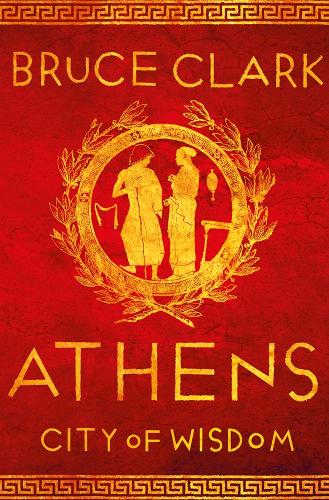 |

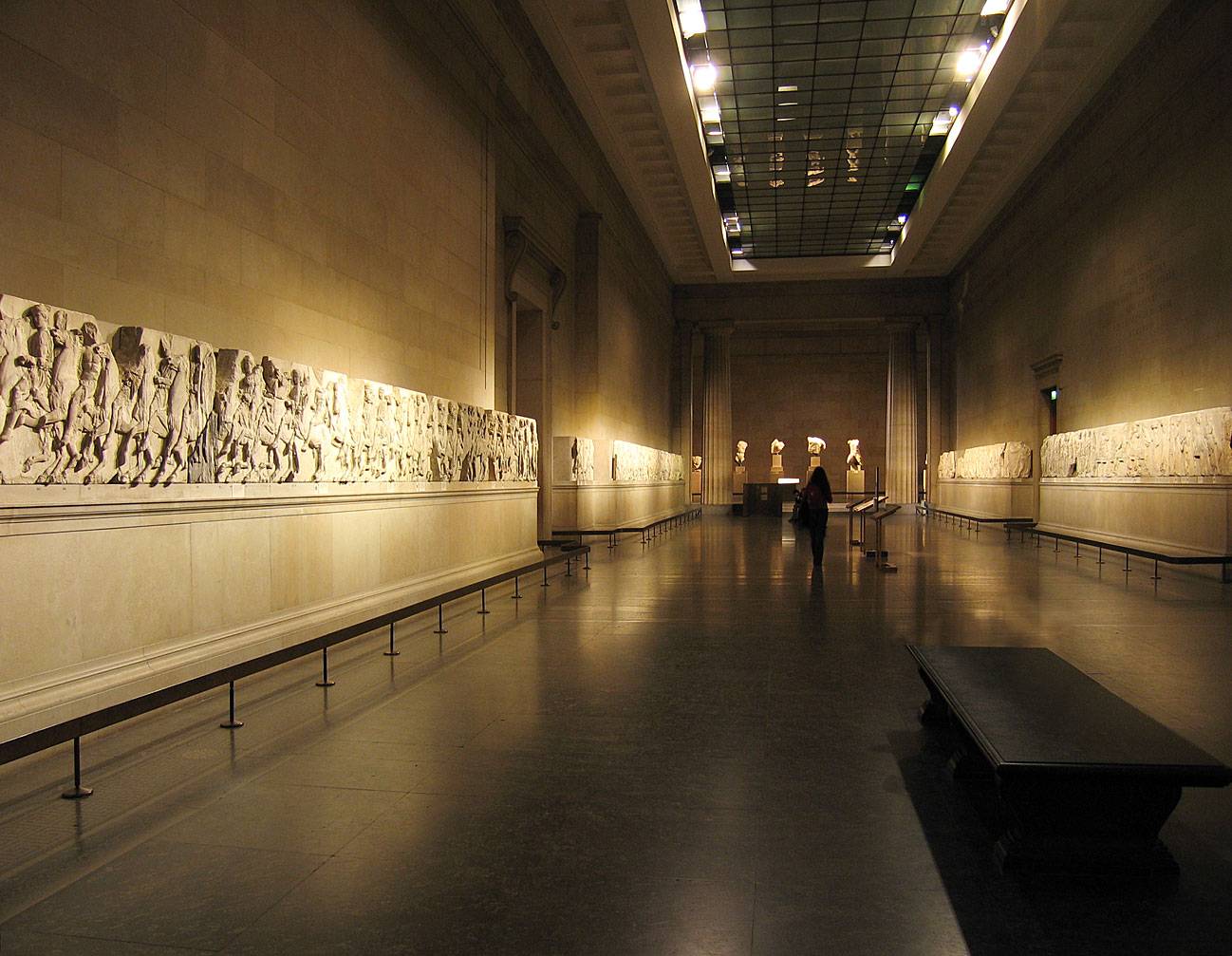
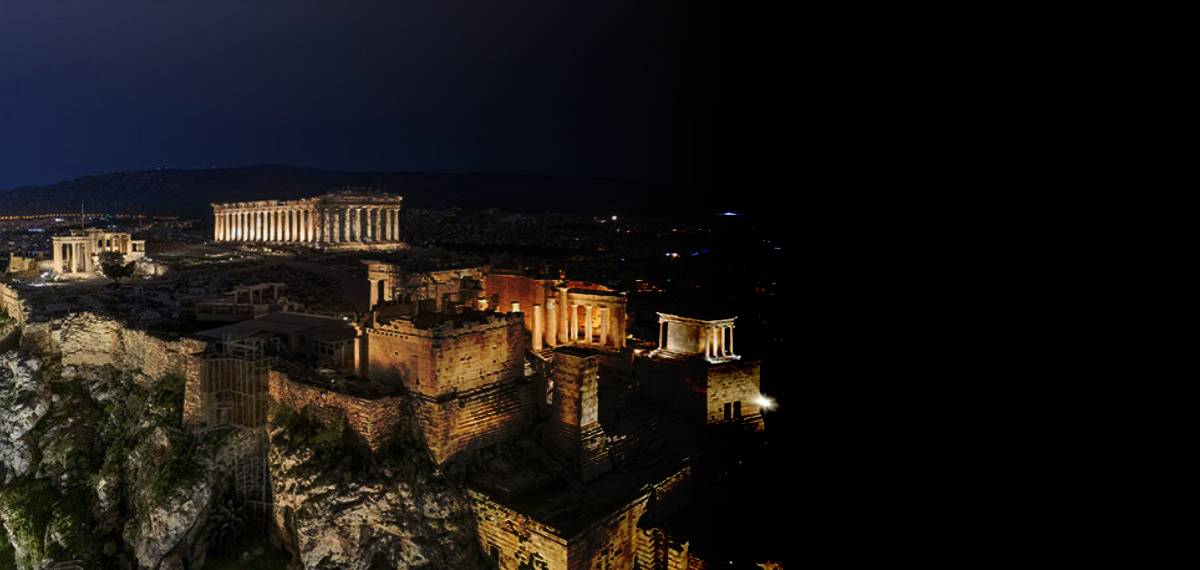
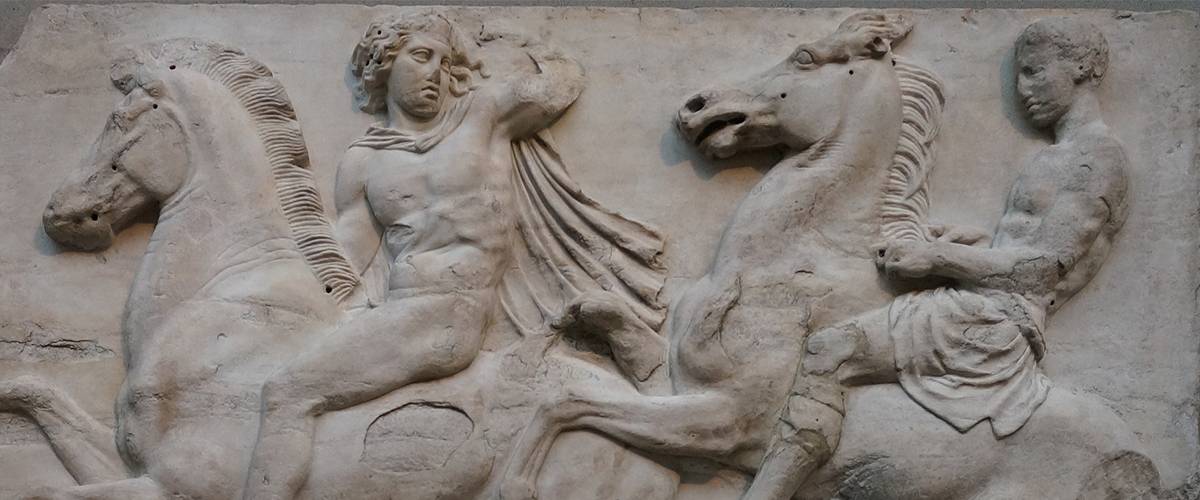

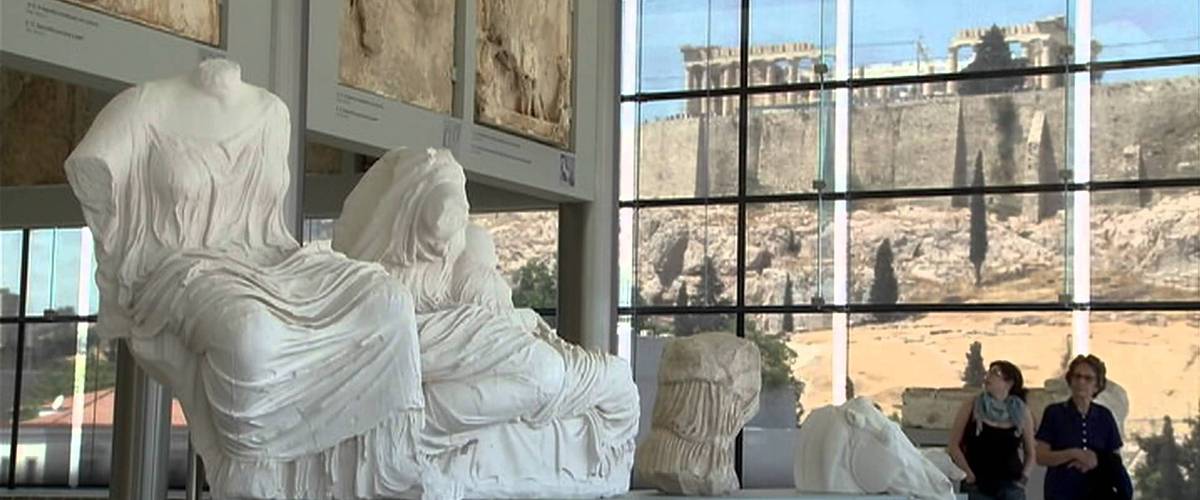
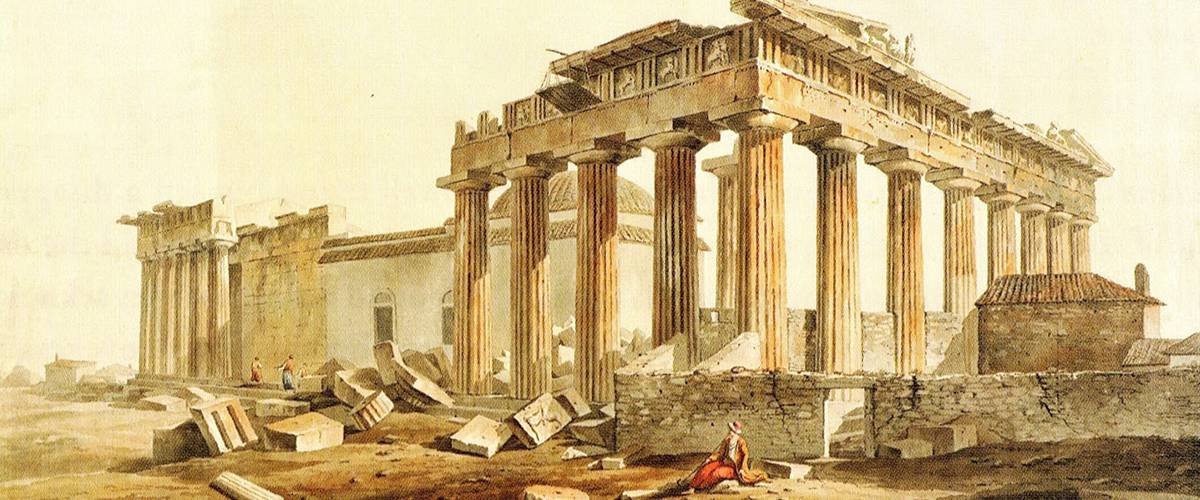

Comments powered by CComment